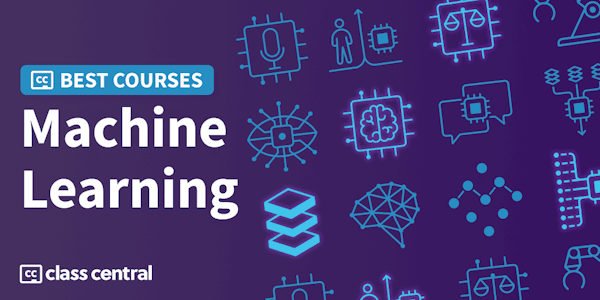Overview
Syllabus
Welcome!.
"Big Data" and science.
Science and Internet of Things.
Many science challenges are at the boundary of theory and experiment.
Roadmap of the talk.
Science and search facilities.
Automated search and meta-data analysis.
Past and future high-performance facilities.
Filtering and de-noising data.
Math challenges in energy science data.
Machine learning for science.
Amount of available data grows faster than our computational capabilities.
DOE ECP, Department of Energy exascale Computing Project.
Computation and cost of energy used to perform it.
The most costly thing inside a machine is moving data around.
Data vs. simulations: The irregularity spectrum.
Programming models for exascale computations.
Example: whole-mantle seismic model.
Example: analysis of genome.
Problems with distributed hash tables.
Optimizing algorithm for matrix multiplication.
7 Giants of Data and 7 Dwarfs of Simulation.
Systems for data analysis.
Why high-level languages like Julia are key.
Specialization of computer architectures.
High-Performance Computing Policies.
Acknowledgements.
Taught by
The Julia Programming Language



